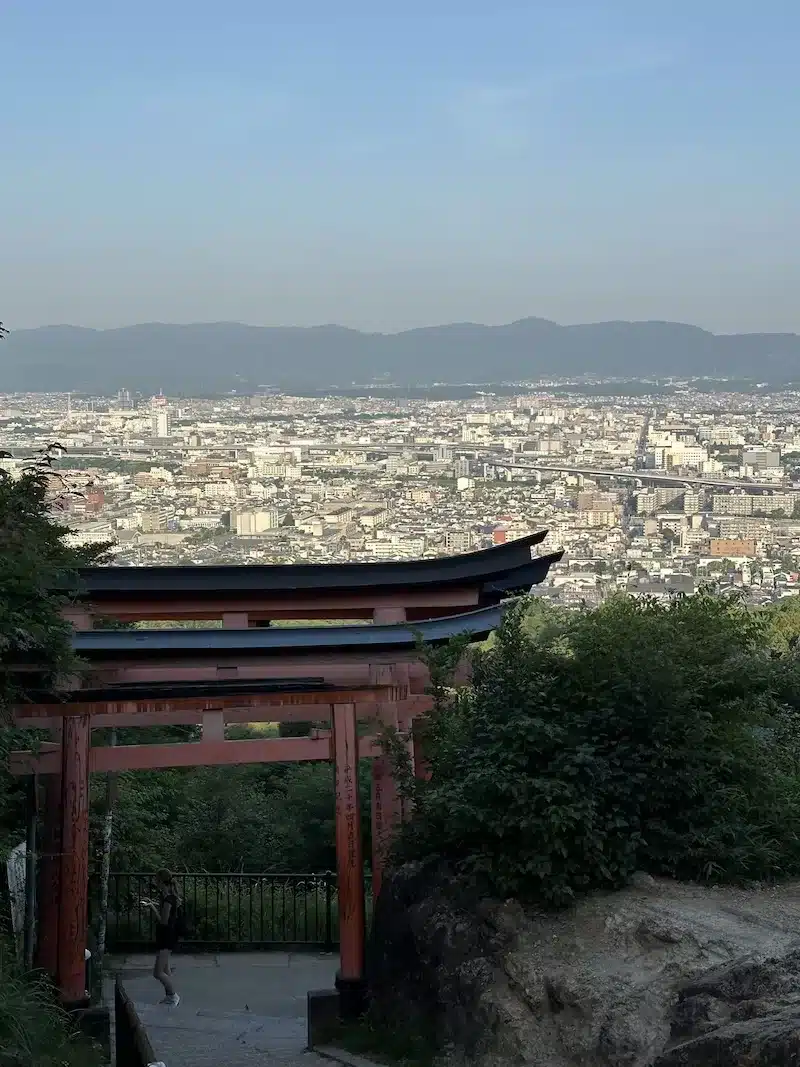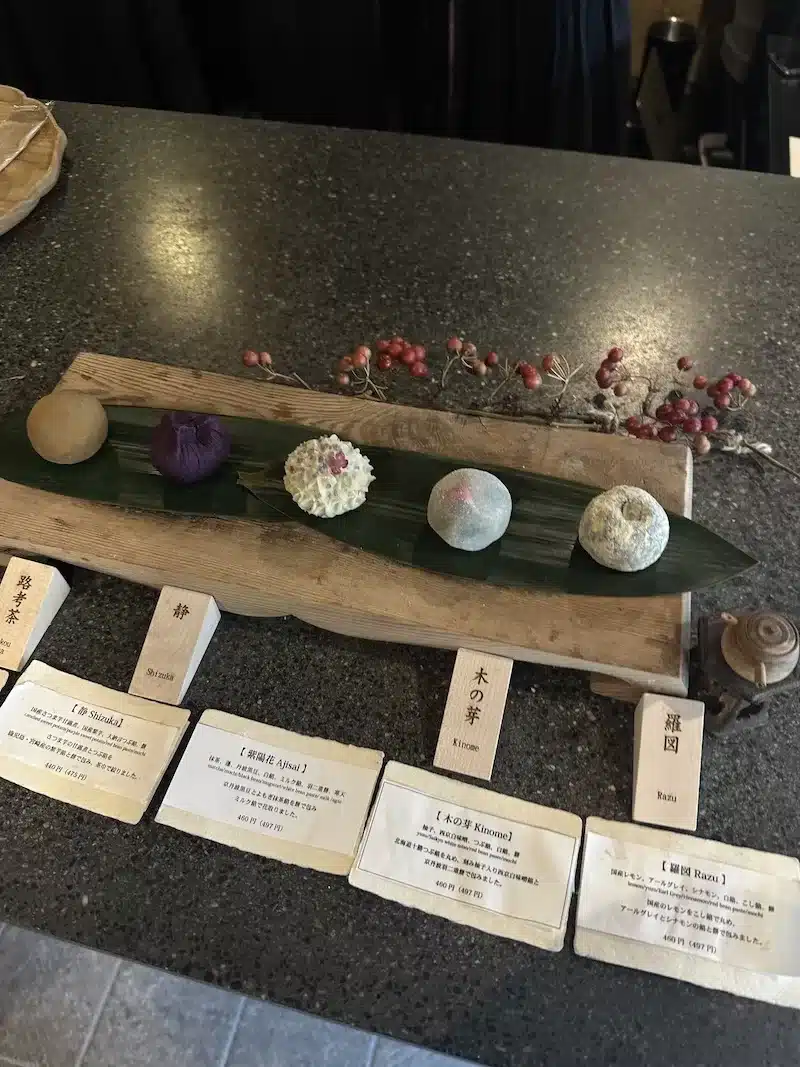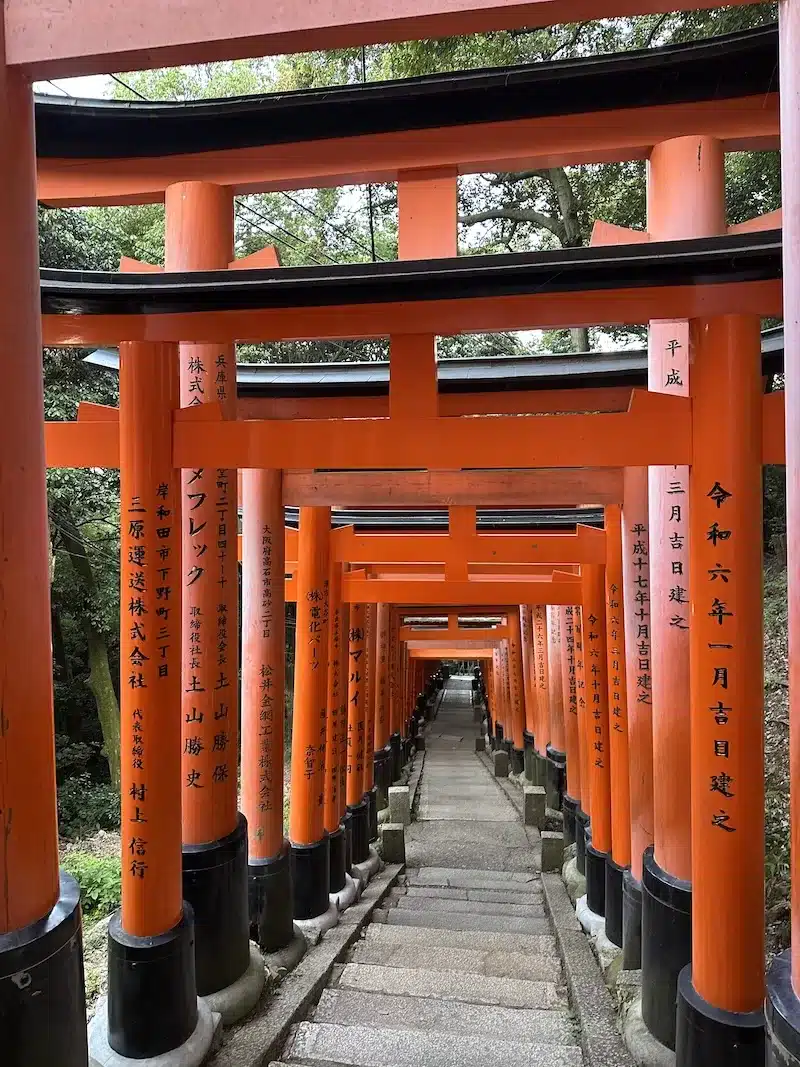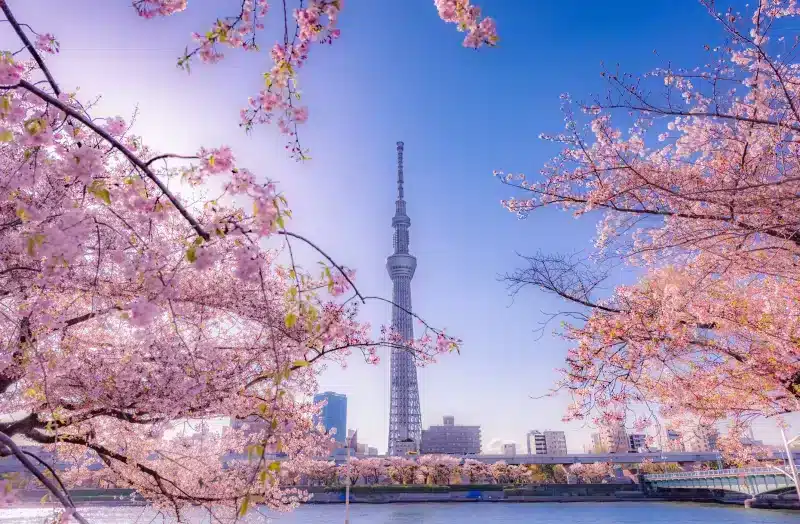Living in Tokyo can be intimidating, especially when you don’t know where to start. The language, the culture and traditions, the unwritten (and very much written) rules about everything from trash sorting to train etiquette—it’s enough to spook anyone. But if you’re like me and you’ve dreamt of living in Japan, even temporarily, you’ll find that what starts as a solo adventure can quickly turn into something more: a life, even if just for three months.
My name is Annie, and my dream has always been to live in Japan. I first came here in university, where I traveled through Kyoto, Nara, and Tokyo studying religion and ritual. I remember being mesmerized—days spent wandering from temple to temple, stumbling into neighborhood festivals, and meeting people who helped me with directions despite no common language, bound instead by quiet kindness and shared respect. I promised myself I’d come back—not just as a tourist, but as someone who lived here, even if only briefly.
I made that happen this year. I stayed on a tourist visa for three months, and in that short time, I built something that felt real: friendships, routines, favorite cafés, and even go-to grocery stores that made me feel at home. Here’s how I did it—and how you can, too.
Read more like this: Living on a Tourist Visa – How Long Can You Stay?

Living in Tokyo: Housing That Feels Like Home (and Community)
Finding housing as a foreigner in Japan can be a nightmare if you’re looking for a long-term lease. But for shorter stays—especially under a tourist visa—there are more options than you’d think.
I stayed in a residence hotel aimed at students and young professionals. Think of it as a modern-day dorm-meets-apartment: compact but comfortable private rooms, shared kitchens and lounge spaces, and—most importantly—people. Within my first week, I met students from Osaka, artists from Kyoto, and other solo travelers like me, many with local ties and insider tips I could’ve never found on my own.
If you’re not into dorm-style living, monthly rental platforms like Hmlet cater to foreigners. Some are more hands-off, while others build in opportunities to connect with fellow tenants—choose what suits your vibe.
Pro tip: Look for housing that offers community events, shared amenities, or language exchanges. Shared spaces often become your first point of contact for real friendships.
In Tokyo, it’s easy to walk into a thrift shop for a ¥500 shirt and walk out with an invite to a local gig. That happened to me—more than once.
One afternoon, walking to Daikanyama in Shibuya, I wandered into a small vintage store called Better Than Cheese, which also serves nostalgic American grilled cheese and breakfast on its lower level. One of the workers struck up a conversation to practice her English, and soon we were laughing and swapping stories like old friends. We talked about design, fabrics, and favorite artists, and she even taught me Japanese words. Before I left, she invited me to an event that weekend—where I met a network of creatives, from illustrators to jewelry makers to students from Europe, many of whom I still keep in touch with.
Connections also came from unexpected places, like a spur-of-the-moment trip to Naoshima Island. My travel companions and I stayed at one of the only available lodgings, where we met a local DJ/painter and an older woman who treated us like her grandchildren—both going out of their way to show us kindness.
These serendipitous moments aren’t rare in Japan—they just require one thing: being open. Say yes to events, compliment someone’s outfit, ask for a coffee shop recommendation. In Tokyo, people often stay in their bubbles, but they’re also deeply curious when you break the ice.

Living in Tokyo: Learn the Basics—It Goes a Long Way
I’m still learning Japanese and I’m nowhere near fluent. But learning even basic phrases changed how locals treated me. A sincere “Arigatou gozaimasu” earns you more goodwill than you’d expect.
I used apps like HelloTalk (to connect with locals wanting to exchange language), Lingodeer, and flashcard apps. I also practiced daily—talking with my boyfriend’s friends and family, reading signs, watching local TV, and mimicking phrases I heard on the train.
You don’t have to be perfect. In fact, making mistakes and laughing at yourself often helps break the ice.
If you can, find a local language exchange meetup. I found one through my residence hotel and my language school. They were full of locals wanting to practice English and foreigners doing their best in Japanese. Conversations were clumsy but real—and real is what matters.
Build a Routine Like You Live There
After the sightseeing, new connections, and endless discoveries of shrines and izakayas, something shifts. You start doing laundry. Grocery shopping. You get tired of ramen every night and crave your comfort meals. That’s when you realize—you’re not just visiting anymore. You’re living.
I cooked simple meals with fresh ingredients, shopped at the same market each week, and eventually exchanged easy conversation with the cashier. I learned where to buy vegan hotpot ingredients (MyLife in Kawasaki—thank you for stocking vegan soups and ramen) and stopped panicking in train stations, finally knowing which exits to take and the difference between local and rapid trains.
I narrowed down my favorite cafés, learned to dry clothes without a dryer, figured out which days to avoid Shibuya Station, and mastered sardine-style commuting in the morning rush.
None of this is glamorous, and that’s the point. These routines, small annoyances, and local habits make a place feel less like a postcard and more like a home.
Moving to Japan? Read our complete relocation guide and make your move smooth, stress-free, and exciting

Instagram became a secret weapon. I followed Tokyo-based creators, indie cafés, musicians, and artists, which led me to pop-ups, DJ nights, art fairs, and book markets that never make it to tourist guides.
I even DM’d creators whose work I admired—some responded. One jewelry maker invited me to his shop to learn the craft. We spoke about being creative in Tokyo as foreigners and met others working there from abroad.
Don’t be afraid to post about your experiences—friends-of-friends may offer suggestions, connections, or invitations. That’s how I ended up at a sake tasting in Nakameguro.
Living in Tokyo: Say Yes to (Almost) Everything
There’s magic in saying yes. A shrine hike in Saitama? Go. Music night in Koenji? Go. A poetry reading in Shibuya? Absolutely.
I said yes to a day trip to Kamakura with someone I’d just met on my first day of language school. We became close friends. I said yes to exploring Koenji with someone who took me for terrible (but cheap) beer at Saizeriya. My sister said yes to being a hair model for a stylist she met on the street.
These yeses led to flea markets, impromptu soba-making lessons, and friendships I never expected.
Of course, you need to stay vigilant as a solo traveler, but if something feels safe, go for it. And if something goes wrong, don’t be afraid to ask for help—people are usually willing, even if there’s a language barrier.

Leave Room for the Unplanned
Part of becoming a temporary local is resisting the urge to overschedule. The best moments weren’t on my itinerary. Like the night I wandered into a four-seat record bar in Daikanyama, where the bartender used to play bass in a punk band. We sipped yuzu cocktails in near-silence, and it was perfect.
Let yourself wander. Notice how the light changes in a neighborhood. Make your own map.

Living in Tokyo: Home Is a Feeling, Not a Duration
You don’t need years to feel like a place belongs to you. You need presence. Attention. Curiosity. And the willingness to mess up and try again.
I came to Japan hoping for a pause from my life back home. I left with new friends, too many thrifted treasures, a few lucky Japanese phrases, and a deep sense that I had truly lived there—even if just for three months.
So if you’re thinking about it—don’t wait for the perfect timing. Come. Make a home out of hotel rooms. Make friends over curry and thrift racks. Become a temporary local. You might be surprised by how real it feels.
Read more like this: The Couple Restoring their Lost Homes in Japan – An Renovation Story
————-
Anne Nagel is a communications graduate of University of San Diego who has loved to travel from her earliest days exploring Belize with her family, and later venturing to the far corners of the world on her own. She has a keen eye for the nuances of cultures and is a wonderful storyteller, poet, songwriter and singer, using these special talents to bring the world to her readers.
If you’re considering traveling or moving abroad, be sure to explore your healthcare options. Visit International Citizens Insurance to learn more and get a free quote.
FAQ on Living in Tokyo
1. What is it like to live in Tokyo?
Life in Tokyo is safe, vibrant, and efficient, blending modern city life with deep-rooted traditions. From world-class food to punctual trains, there’s always something new to explore.
2. Is Tokyo expensive to live in?
Tokyo can be costly, especially for rent in central areas, but careful budgeting and living slightly outside the city center can make it affordable.
3. How much is the average cost of living in Tokyo?
A single person might spend around ¥150,000–¥250,000 ($1,000–$1,700 USD) per month, including rent, food, and transportation.
About the Author
Anne Nagel is a communications graduate of University of San Diego who has loved to travel from her earliest days exploring Belize with her family, and later venturing to the far corners of the world on her own. She has a keen eye for the nuances of cultures and is a wonderful storyteller, poet, songwriter and singer, using these special talents to bring the world to her readers.
Contact Author
"*" indicates required fields
Stay Ahead on Every Adventure!
Stay updated with the World News on Escape Artist. Get all the travel news, international destinations, expat living, moving abroad, Lifestyle Tips, and digital nomad opportunities. Your next journey starts here—don’t miss a moment! Subscribe Now!










